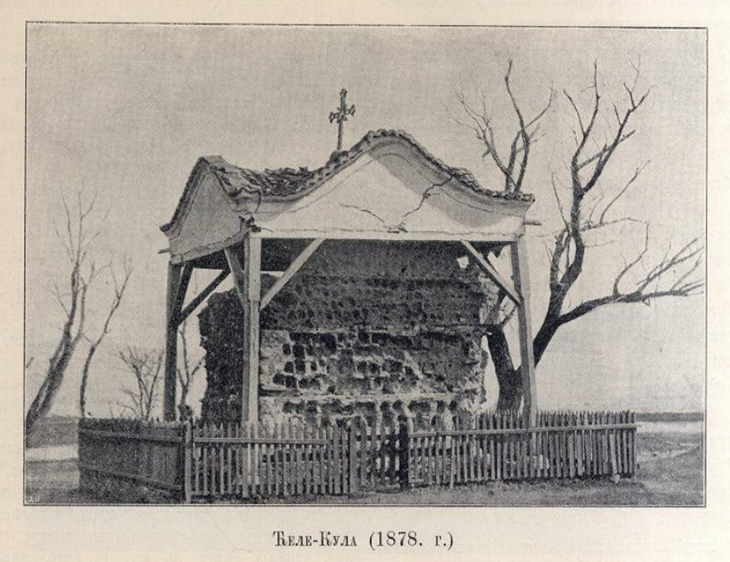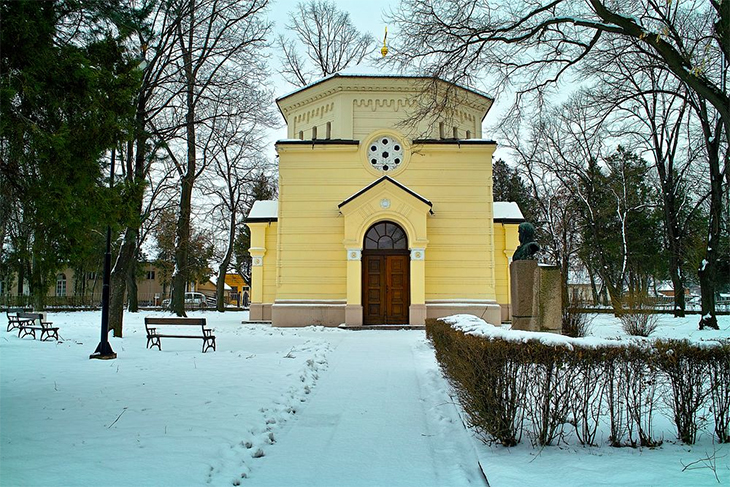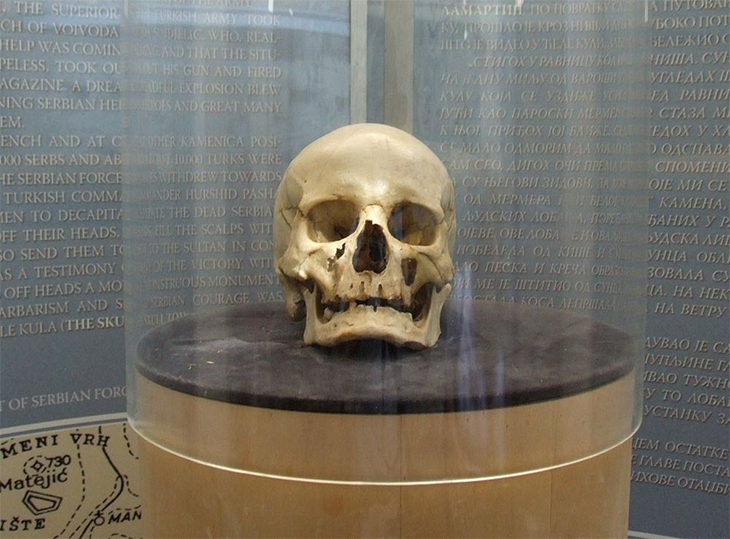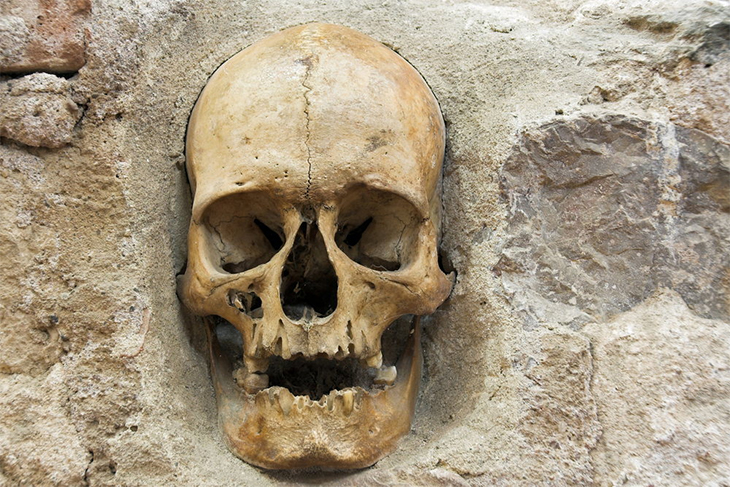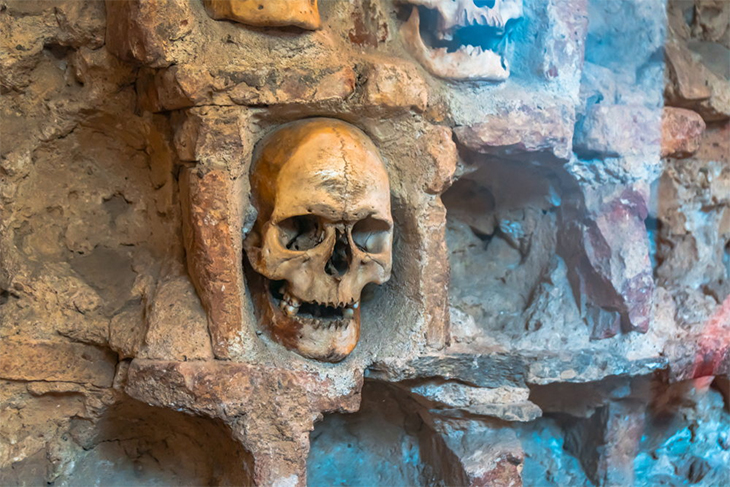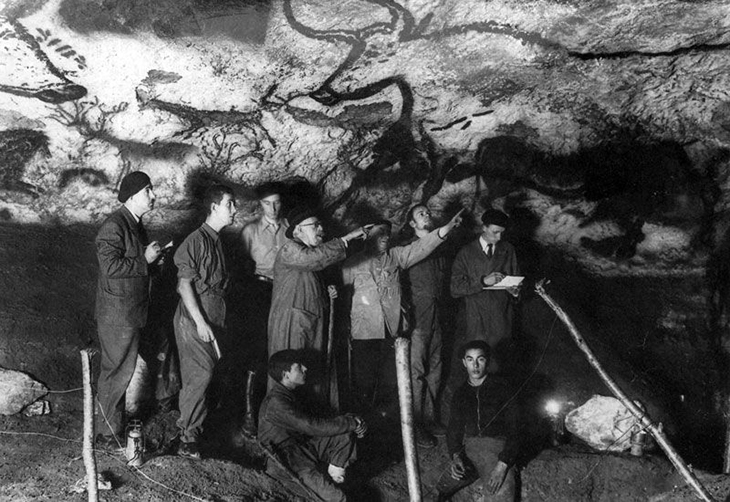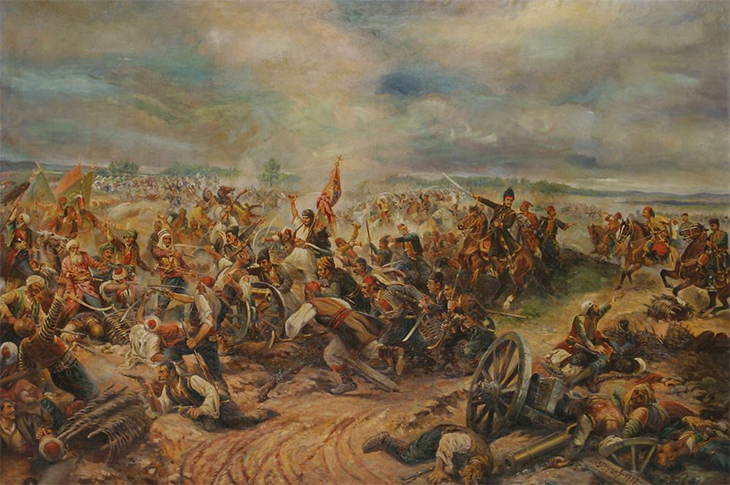
Nis is the 3rd largest city in Serbia, and has long been a crossroads between East and West. There is a grisly monument to the Serbian resistance against the Ottoman’s 400-year rule – a skull tower. It was built to strike fear against the resistance fighters. The Serbian empire fell to the Ottoman Turks in the late 14th century, but it was collapsing way before then. Stefan Uros V was an incompetent and indecisive ruler who was named “Uros the Weak.” The empire fragmented into several principalities of which some did not even acknowledge his rule. The provincial lords were too busy with several problems, that when the Ottomans attacked, resistance was futile. Hordes of Ottomans were conquering parts of Asia and Europe.
The Turks first captured Nis in 1375. The Serbs managed to recover it in 1443 but lost it once again in 1448. The city changed hands several times between the Turks and Austrians during the 17th and 18th centuries, but for the most part of the 400 years since Nis fell, it was under the ferocious Ottomans. Travellers have chronicled the misery that the Serbs had undergone under the Ottomans, a 16th century Silesian traveller described macabre sights of mutilated bodies and severed heads at the gates of Nis.
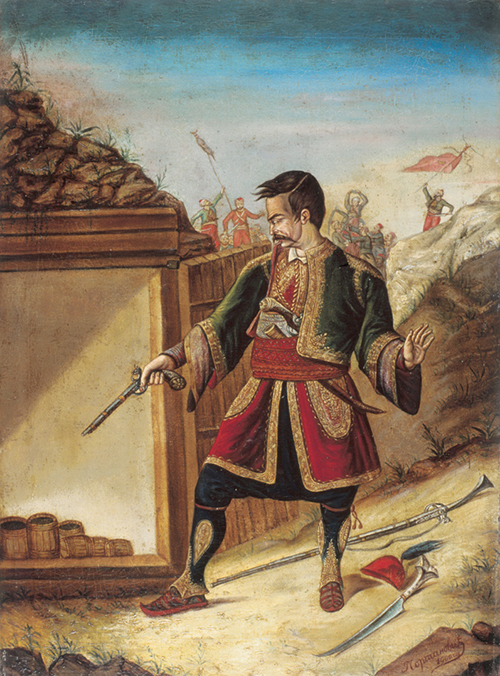
The first full-scale war between the Serbs and the Ottomans erupted in 1805. In the battle of Ivankovac, the Serbs defeated the Ottomans and forced them to retreat to Nis. The military commander of the revolutionaries was Stevan Sindelic, a great leader who was subsequently appointed Commander of the Resava Infantry Brigade. In 1809, a force of about 10,000 Serbs approached the villages south of the city of Nis and dug 6 trenches. The first and largest was on Cegar Hill under Sindelic. They launched several attacks on the Nis Fortress, but were repelled by the superior numbers of Turks. During the 2-month battle, Sindelic’s army got separated from the remainder of the Serb forces. Eventually the Ottomans trapped Sindelic and his group, the end was apparent, so Sindelic took out his gun and fired at the powder magazine. The explosion killed everyone in the trench and surrounding vicinity. 6,000 Ottomans and 3,000 Serbs perished in the Battle of Cegar Hill.
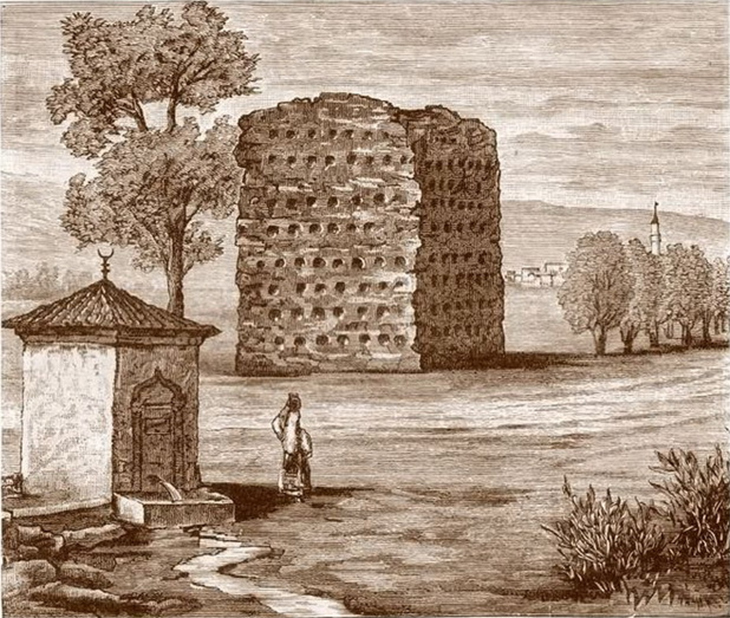
After the battle, the Grand Vizier of the Ottomans, Hurshid Pasha, ordered the heads of Sindelic and his men skinned, stuffed, and sent to the Ottoman Sultan Mahmud II. The gift was appreciated by the sultan, who sent the heads back with orders that the skulls be erected into a tower to serve as a warning to the rebels. It was a grisly tower 15 feet high with 952 skulls adorning the 4 sides. It was known by the locals as Cele kula. Over the years, many skulls fell off, some were taken by relatives, and some by souvenir hunters. By the 1860s, the Ottoman’s power eventually weakened, and the last Ottoman governor, Midhat Pasha, ordered the remaining skulls removed, because he felt that it served as a rallying symbol for the locals. However, it was not destroyed and became the monument it is now.
Today, only around 50 skulls remain and are protected by a glass enclosure. The entire tower is housed by a small chapel, and Sindelic’s skull is rests in a separate glass container. It is one of the more popular tourist attractions in Nis.
